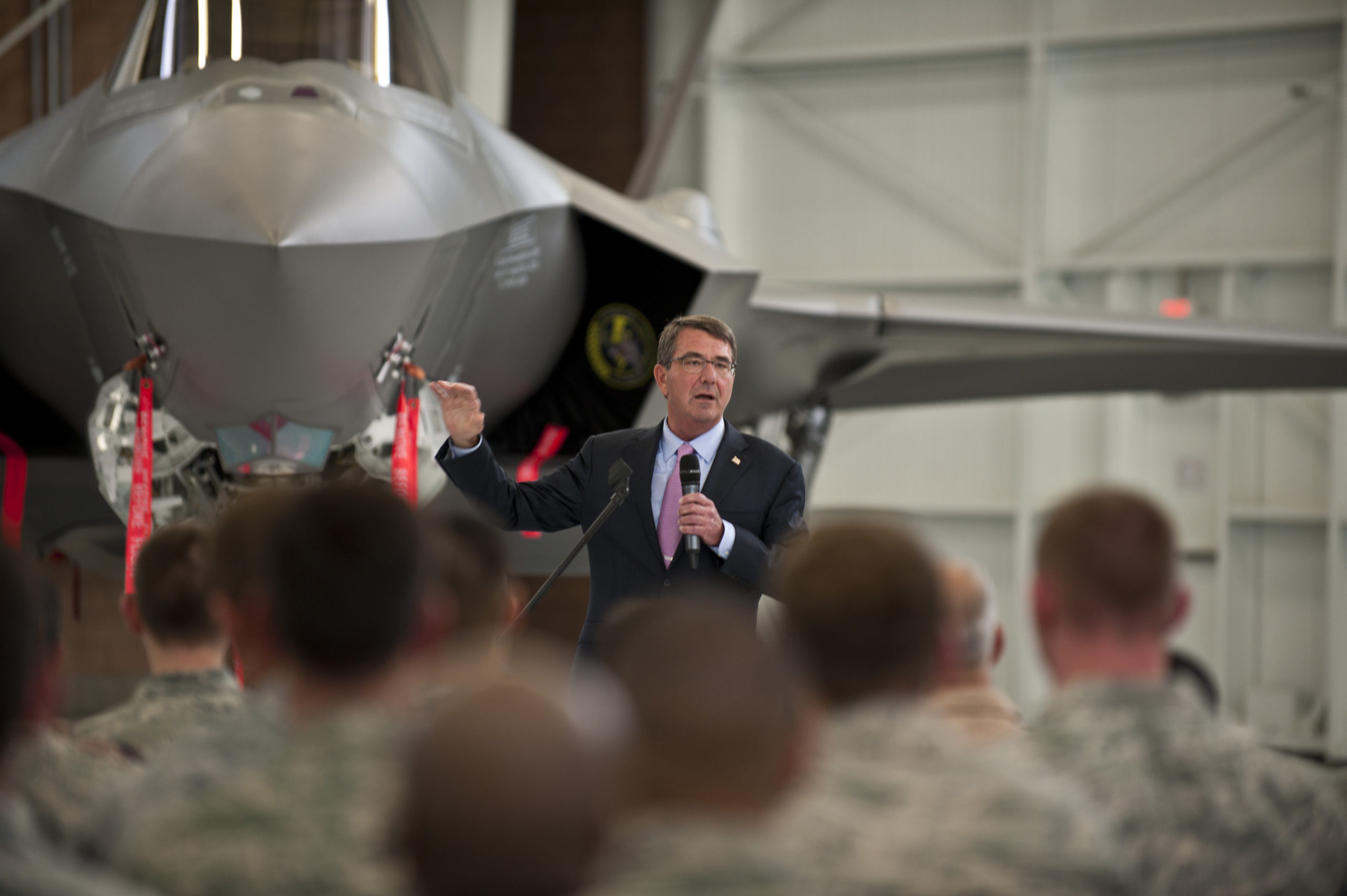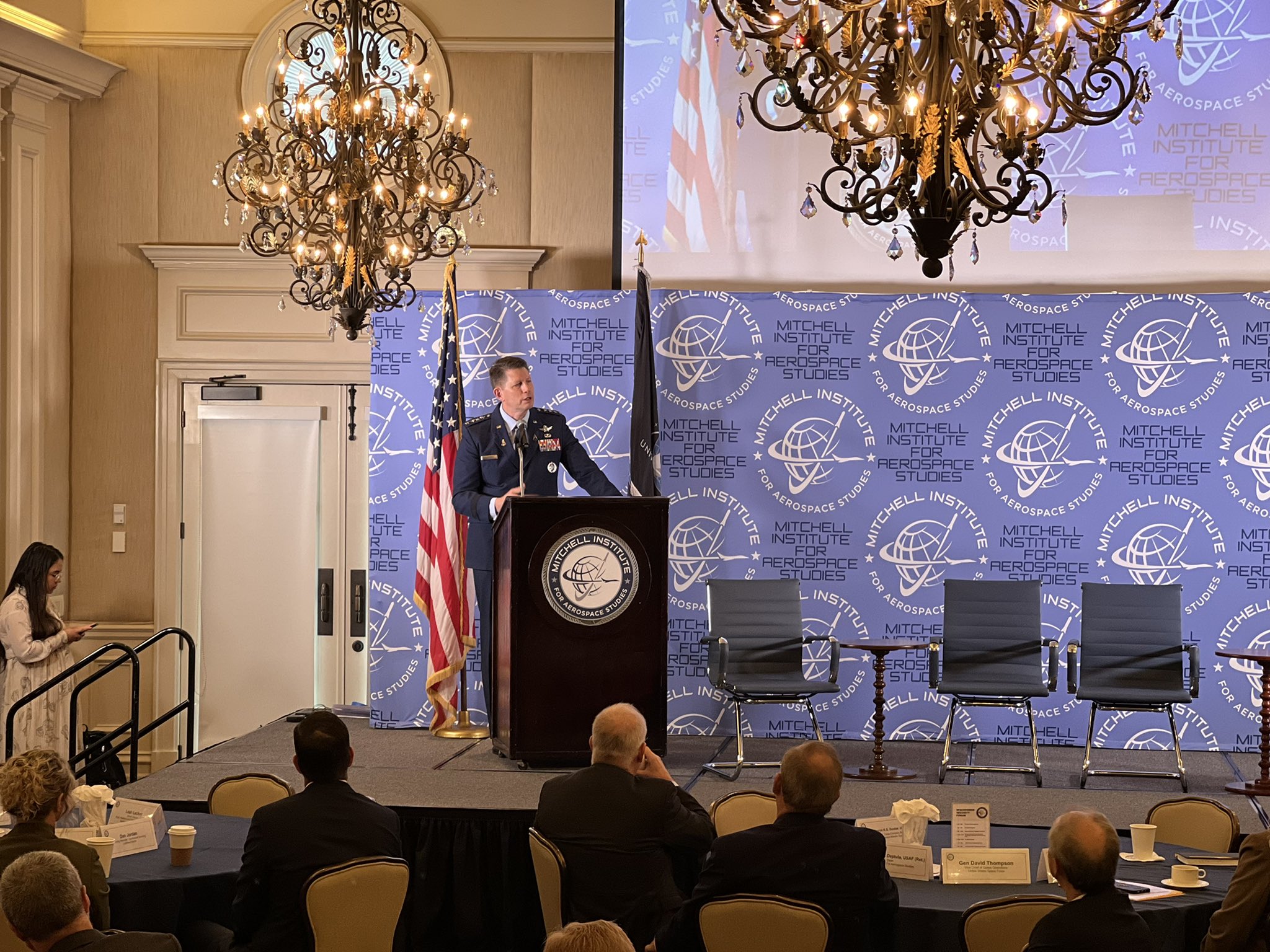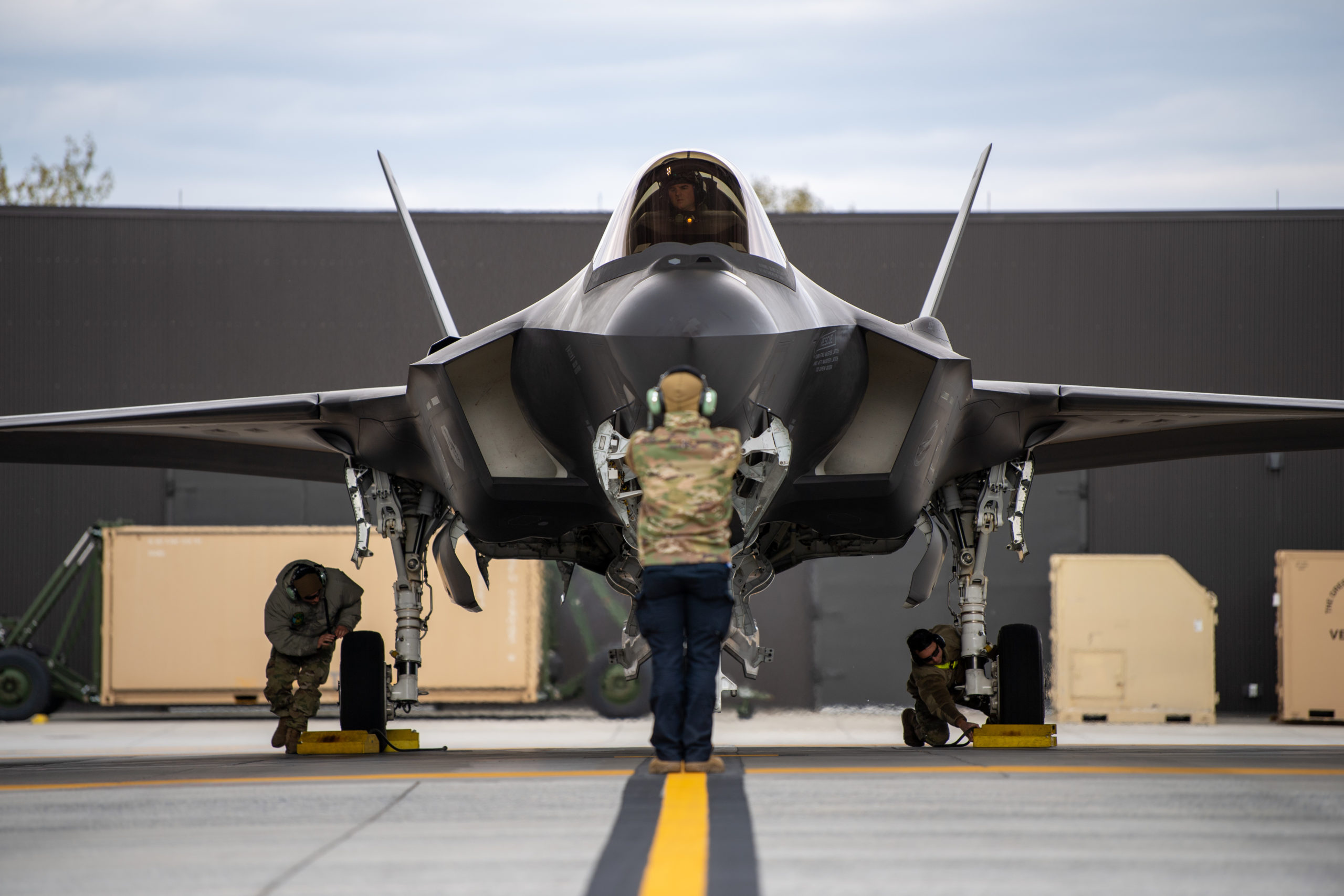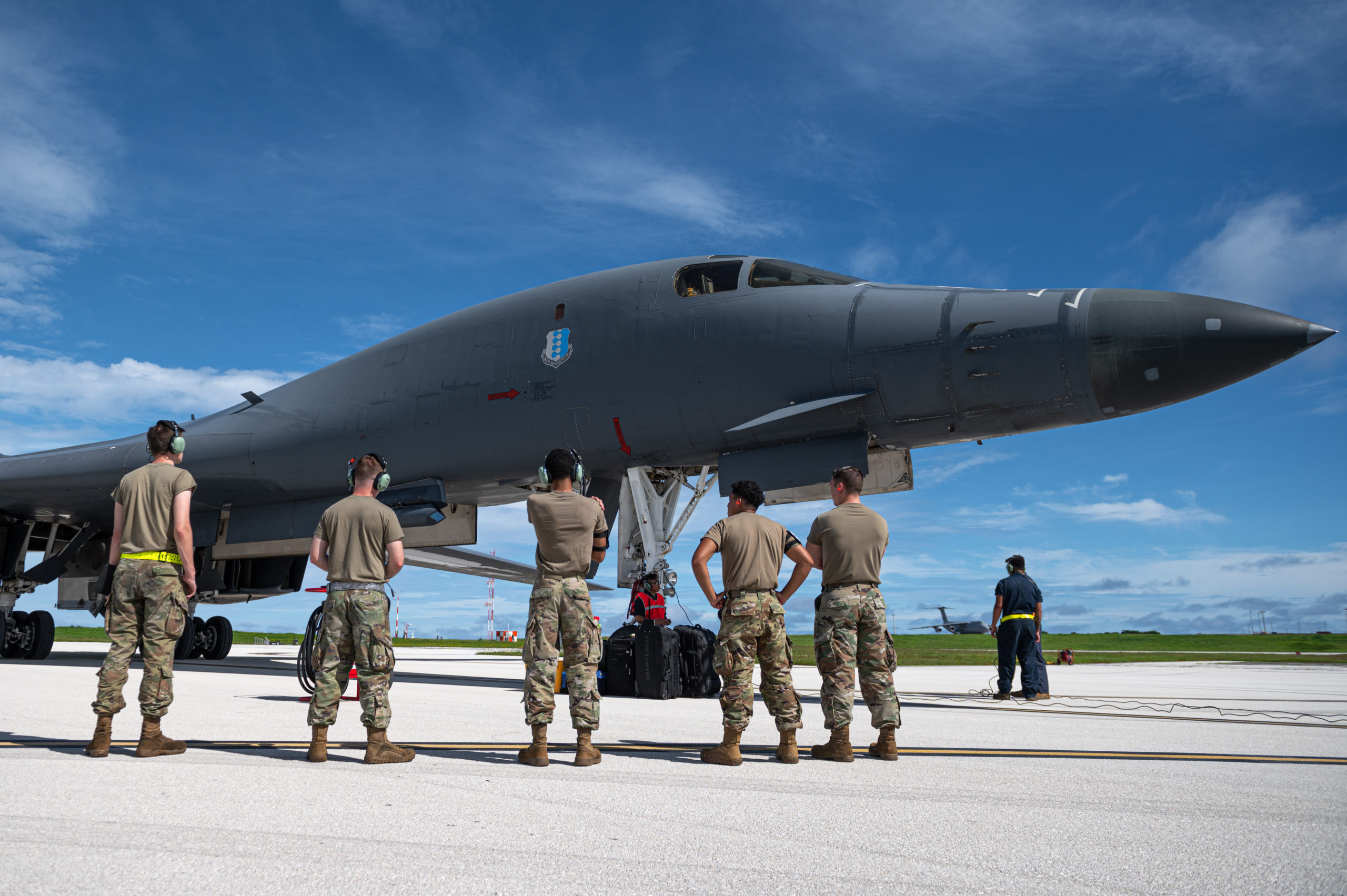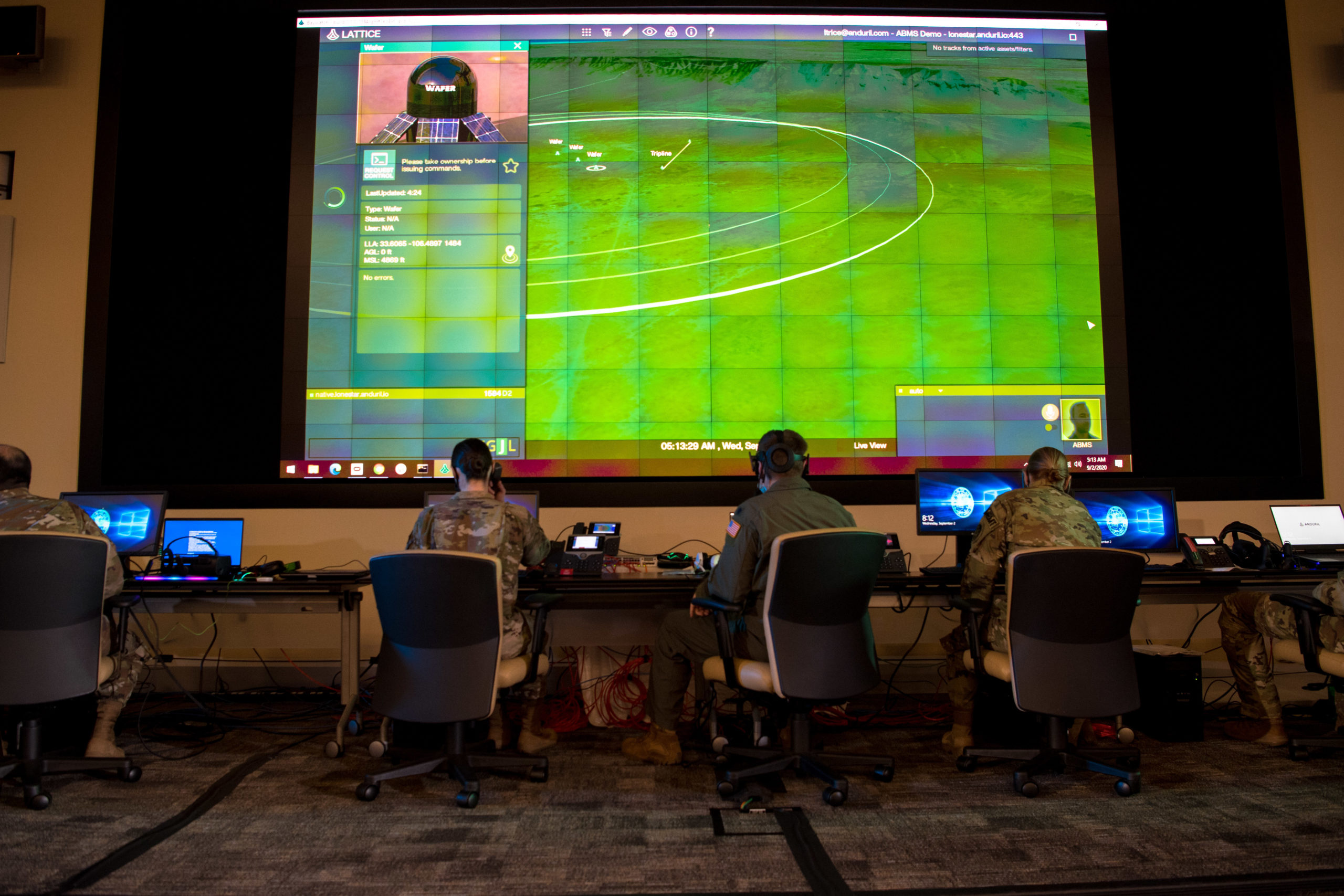China is building up its space capabilities at an “incredible rate”—and it has done so by embracing needed principles the U.S. has historically been slow to adopt, top Space Force officials said Oct. 25.
Speaking at the Mitchell Institute’s Spacepower Security Forum, both Vice Chief of Space Operations Gen. David D. Thompson and Space Development Agency director Derek M. Tournear used the analogy of a “clean slate” to explain how the Chinese have been able to rapidly build out their architecture of satellites.
“What the Chinese have done is they have started with a clean sheet and they have built a military space reconnaissance strike enterprise that starts in space, with the ability to collect intelligence—now, by the most recent count, more than 260 ISR satellites,” Thompson said. “They have connected data relays. They have created their own global precision positioning, navigation, and timing system, the BeiDao, to the tune of 49 satellites today. And they have demonstrated that they learned the importance and the value of space power, and they intend to use those capabilities against us should it come time.”
That clean slate has been particularly important when compared to the U.S.’s own satellites. In recent years, Pentagon officials have frequently expressed concern that existing American military satellites, while providing exquisite capabilities, are relatively few in number and largely defenseless—“big, fat, juicy targets,” as Air Force Gen. John Hyten once referred to them, or “Battlestar Galactica,” as Tournear put it.
In contrast, the focus in future plans has been on proliferated constellations of cheaper, less capable satellites that, taken together, provide a mesh network and greater resiliency. In many ways, Tournear has led the charge on that front with SDA’s planned National Defense Space Architecture.
The two keys of the approach, Tournear said Oct. 25, are proliferation and “spiral development”—constant, regular updates to the architecture instead of waiting years to meet requirements.
“They clearly have embraced those pillars … before we have,” Tournear said of the Chinese. “And that’s kind of their model going forward, and they use that. And so the only thing I’d say about that is they also didn’t have all of the legacy that had given them the exquisite capabilities up to date. So they kind of started with a cleaner slate [and] were able to do that.”
Tournear was quick to note that the U.S.’s space architecture was born out of the time and technology in which it was fielded, and Thompson added that the Pentagon has done “a tremendous job” of adapting that architecture as needed to “push those space capabilities and effects … as far down as we could to individual Soldiers, Sailors, Airmen, and Marines in some cases.”
As a result, Thompson argued, the Pentagon still has an advantage in space with the existing architecture. But the gap is closing.
“They are building and fielding space capabilities at an incredible pace. … Their latest version of BeiDou, they have built and fielded over the course of about five years,” Thompson said of China. “Their space capabilities are still not quite as good as ours. But they are really, really, really good.”
When asked if the Space Force is projecting a timeline for when China might match or surpass the U.S. in space, though, Thompson demurred.
“I can’t really sit here and tell you today, at this point in time, when will they be a threat? They are a threat today,” Thompson said. “Are they better than us? Are they not as good as us? Will we win—will they win? Are we at parity? I can’t say that. All I can say is they are a serious challenge. They are a serious threat. They are serious about what they need to do. Their capabilities are close to ours. We simply need to do what we need to do, to continue to resource and field new capabilities, resilient capabilities, train our forces and be prepared, first to deter, but if necessary, to win.”

